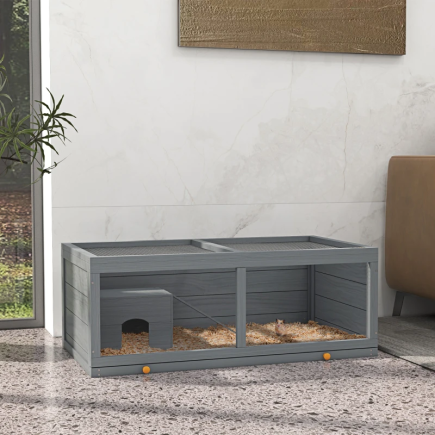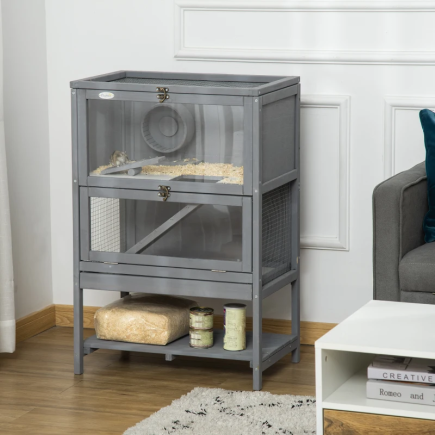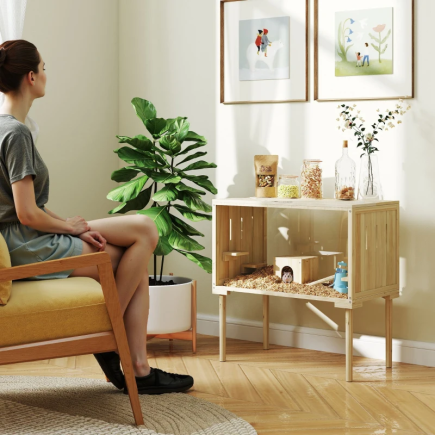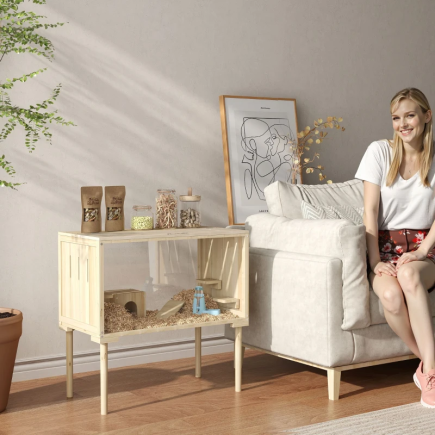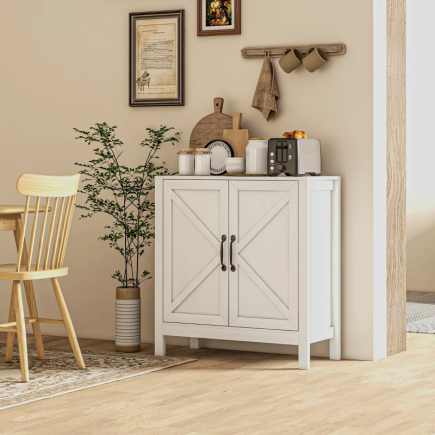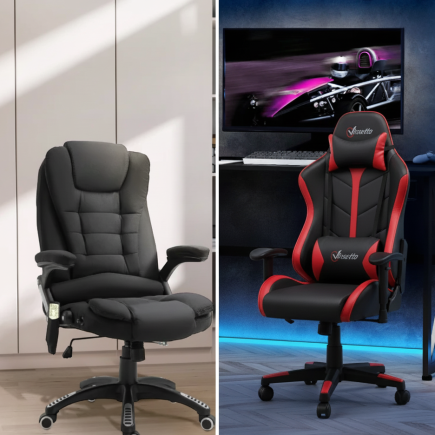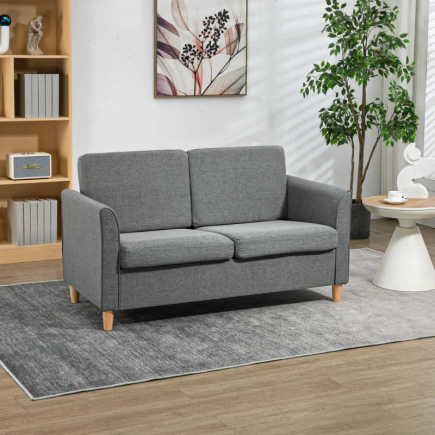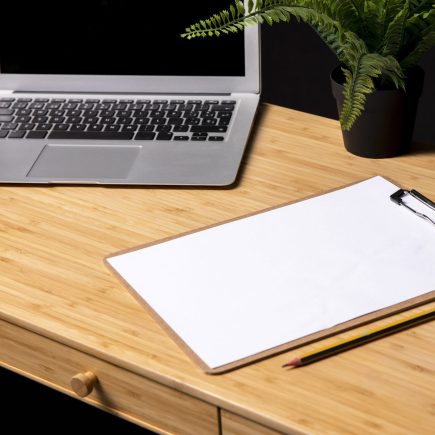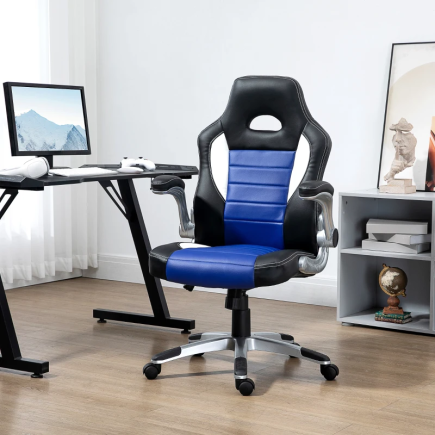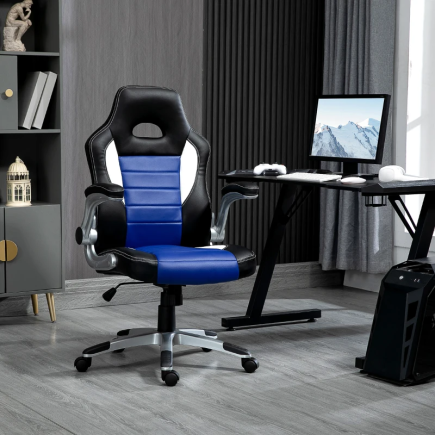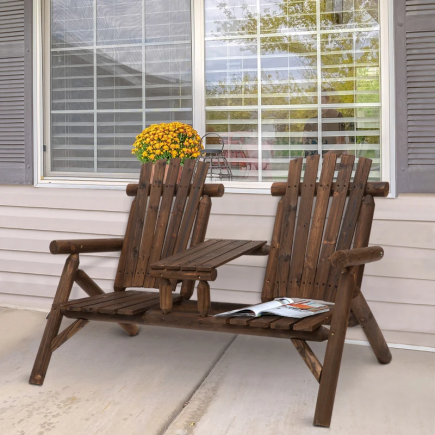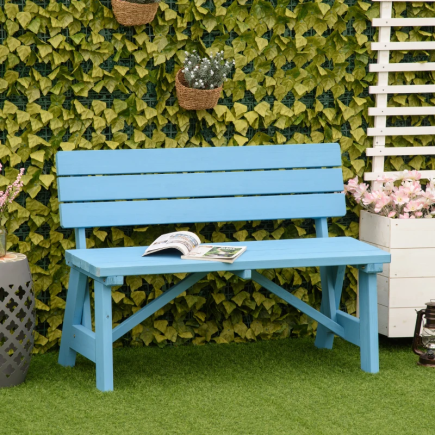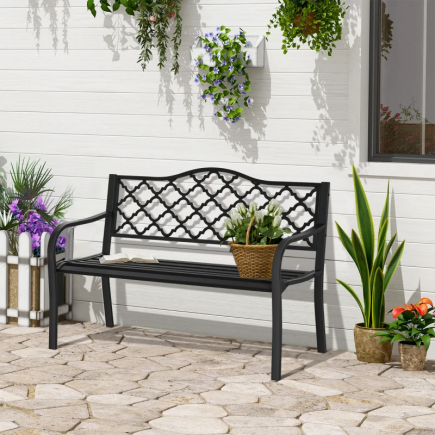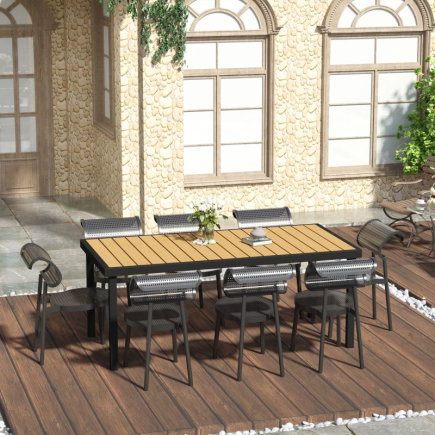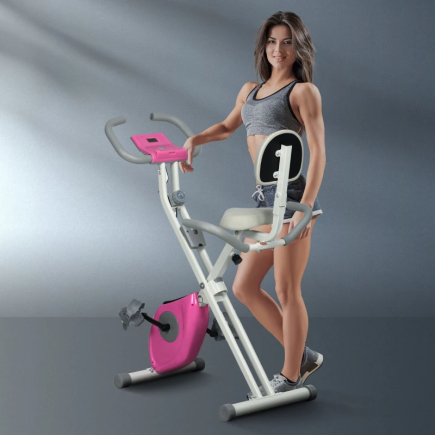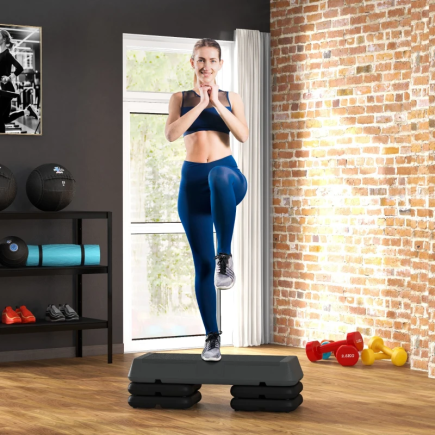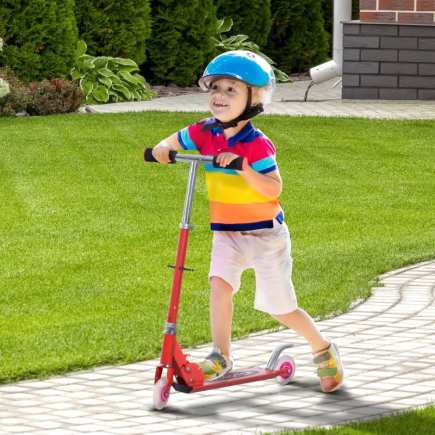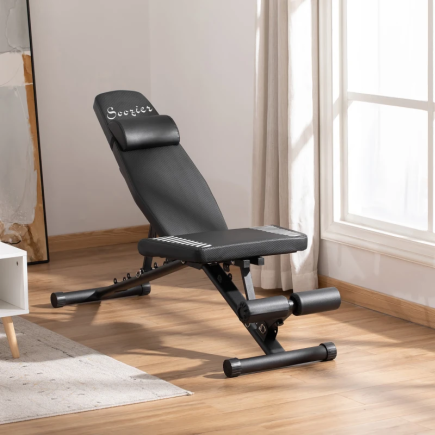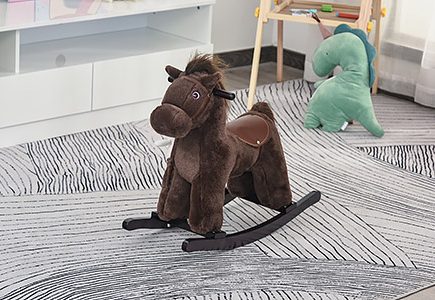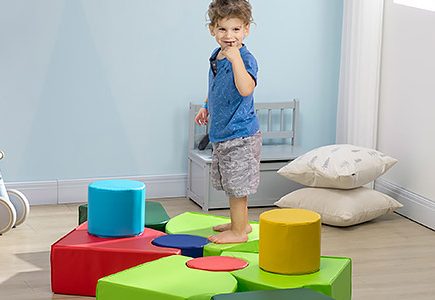
Floors, whether wood, tile, laminate, or vinyl, are a key part of your home. They add beauty and functionality, but they can be easily damaged by furniture, especially rocking chairs. The repetitive movement of the rocking chair can cause scratches, scuffs, and long-term wear. Below are simple and easy-to-follow solutions to protect your floors from rocking chairs.
Required Tools and Materials

- Scissors or Utility Knife (for cutting rubber hoses, felt pads, or rubber strips)
- Super Glue or Epoxy (for securing rocker covers or rubber strips)
- Measuring Tape (for measuring rugs, mats, or rubber strips)
- Clean Cloth or Wipes (for cleaning chair legs and rockers before applying pads or glides)
Simple and Effective Solutions
1. Rocker Covers
Rocker covers are protective sleeves that you place over the rockers of the chair. They help to cushion and reduce direct friction between the chair’s rockers and the floor, preventing scratches or scuffs.
- Cut the Hoses
Use rubber hoses (like the kind used for plumbing or similar materials) and cut them to the same length as your chair’s rockers. The hoses should be long enough to cover the entire rocker, ensuring the entire surface area is protected. - Slide on the Covers
Slip the hoses over the rockers of the chair. Ensure the hoses are tight enough so they won’t slide off during use. - Secure the Covers
Use strong adhesive like super glue or epoxy to glue the ends of the hoses securely in place. This step ensures that the covers won’t move, even when the chair is rocking.
Benefit: This method is effective because rubber hoses create a barrier between the chair’s rockers and the floor, absorbing the pressure from the rocking motion. The cover minimizes damage from friction and impact.
2. Rugs or Runners
Rugs or runners provide a soft and protective layer between the rocking chair and the floor. It also adds a decorative element to your room, making it ideal to keep your rocking chair from scratching wood floors.

- Measure the Area
Measure the space where the rocking chair sits to ensure the rug or runner will cover the right area. - Choose a Thin Rug
Select a flat, low-profile Rug that won’t interfere with the chair’s rocking motion. A thick rug may restrict the chair’s movement or cause it to rock unevenly. - Place the Rug
Lay the rug under the chair so it covers the area where the rockers move. Ensure the rug is centered to avoid any imbalance. - Secure the Rug
If the rug moves, add a rug pad underneath to prevent shifting. This will help to keep it stable, especially when the rocking chair moves.
Benefit: The rug absorbs the rocking motion’s impact, protecting the floor from damage and reducing the risk of scratches or scuffs.
3. Rubber Strips
Rubber strips help cushion the impact and reduce wear on your floor from the rocking motion. They can be cut from old inner tubes or purchased as ready-made rubber strips.
- Cut the Rubber Strips
Cut rubber strips (such as from an old inner tube) to be about 2 inches shorter than the length of the chair’s rockers. This ensures a proper fit. - Clean the Rockers
Use a clean cloth to wipe away any dust or debris from the chair’s rockers to make sure the strips will stick properly. - Glue the Strips
Apply a thin layer of epoxy glue to the underside of the rockers, then press the rubber strips onto the glued areas. Allow the glue to dry completely before using the chair.
Benefit: Rubber strips provide cushioning to the floor while allowing the chair to rock smoothly. They absorb some of the impact, preventing floor damage.
4. Self-Adhesive Felt Pads
Felt pads adhere directly to the bottom of the rocking chair’s legs, offering a soft barrier between the chair and the floor, reducing the risk of scratches.

- Clean the Chair Legs
Wipe the bottoms of the chair legs to remove any dirt or dust. This will help the felt pads stick securely. - Cut the Felt Pads
If the felt pads are too large, trim them with scissors to fit the size of your chair legs. - Peel and Stick
Peel off the adhesive backing and stick the felt pads to the bottom of each chair leg. Press them down firmly so they stay in place. - Check the Pads
Over time, the pads may wear down or get dirty. Make sure to inspect them periodically and replace them if necessary.
Benefit: Felt pads provide a soft cushion and reduce friction, preventing floor damage caused by the direct contact between the chair legs and the floor.
5. Chair Glides or Floor Protectors
Chair glides or floor protectors are small pads that fit onto the bottom of the chair’s legs to reduce friction. They are available in various materials like rubber, felt, or plastic.

- Pick the Right Size
Ensure the floor protectors are the right size for your chair legs so they fit snugly. - Attach the Protectors
For adhesive-backed protectors, peel off the backing and stick them to the chair legs. For clip-on or screw-on versions, follow the instructions to attach them. - Press Firmly
Make sure the protectors stay in place by pressing firmly. This ensures that they will stay in place while the chair is rocking.
Benefit: These protectors minimize friction and are designed to absorb the impact of the chair’s rocking motion, protecting the floor from scuffs or scratches.
6. Plastic or Rubber Rocker Pads
Plastic or rubber rocker pads are placed under the rockers to absorb the weight and movement of the chair, preventing damage to the floor.
- Get the Right Pads
Choose durable plastic or rubber rocker pads that are large enough to fit under each rocker. Make sure they are strong enough to withstand the rocking motion. - Position the Pads
Slide the pads under each rocker, making sure they sit evenly and provide proper cushioning. - Check the Pads
Ensure that the pads are stable and continue to offer protection during use. If they shift, adjust them accordingly.
Benefit: These pads absorb the movement of the chair, reducing the wear and tear on your floors.
7. Felt Furniture Sliders
Felt furniture sliders are similar to felt pads, but they slide more easily over the floor. They help reduce friction between the chair and the floor.
- Cut the Sliders
Trim the sliders to fit the size of the chair legs if necessary. - Peel and Stick
Peel the adhesive backing off and stick the sliders to the bottoms of the chair legs. Press firmly to ensure they stay in place.
Benefit: These sliders reduce friction and provide a smoother rocking motion, which also protects the floor from scuffing.
8. Protective Floor Coatings
A protective floor coating creates a barrier on your floor to help resist scratches and scuffs caused by the rocking chair.
- Clean the Floor
Clean the floor thoroughly before applying the protective coating to remove dirt and debris. - Apply the Coating
Use a clean brush or roller to apply a thin, even layer of floor coating. Follow the manufacturer’s instructions carefully. - Let it Dry
Allow the coating to dry completely before walking on the floor. You may need to reapply the coating over time for continued protection.
Benefit: The protective coating adds an additional layer of defense to your floor, helping to minimize damage from repeated use of the rocking chair.
9. Furniture Feet
Custom furniture feet fit perfectly on the legs or rockers of the chair, providing tailored protection for your floors.
- Measure the Rockers
Measure the chair’s rockers or legs to determine the appropriate size for the furniture feet. - Create or Order Custom Pads
You can either create your own or order custom furniture feet that match the measurements of your rocking chair. - Attach the Pads
Secure the furniture feet to the chair legs or rockers to ensure the best protection.
Benefit: Custom furniture feet ensure a perfect fit and full protection for your floor, preventing any direct contact from the chair to the floor.
Protecting your floors from Rocking Chairs is easy with a few simple steps. Whether you use rocker covers, rugs, rubber strips, or felt pads, these methods will help you avoid scratches and wear, and ensure you keep your rocking chair from scratching wood floors. With a little time and effort, you can keep your floors looking great for years to come.
FAQs
1. Can I use a non-slip mat on all types of flooring?
Non-slip mats can be used on most floor types, but it’s important to select mats with a rubber backing for hardwood or tile floors to avoid slipping. For delicate floors, consider mats designed specifically for that surface.
2. How often should I replace the felt pads on my rocking chair?
Felt pads should be inspected regularly for wear. Replace them when they become thin, dirty, or lose their adhesiveness to maintain proper protection for your floor.
3. Are protective floor coatings safe for all floor types?
Protective floor coatings are generally safe for wood, laminate, and vinyl floors. However, always check the manufacturer’s recommendations to ensure compatibility with your specific floor type before applying.

